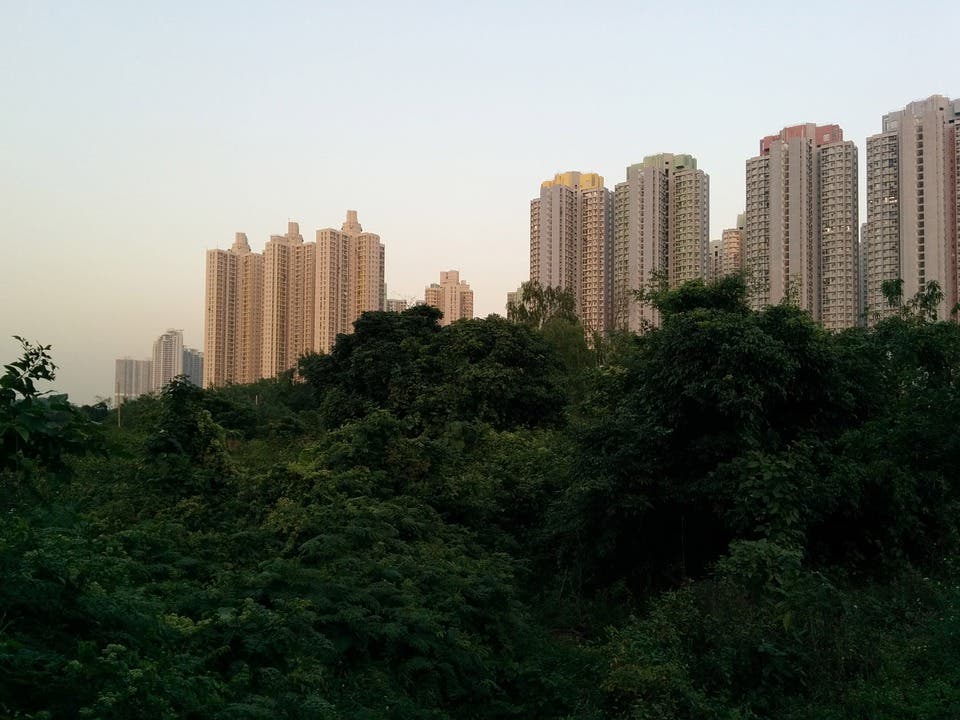Carbon dioxide absorption by growing biosphere may have been overestimated up to now, a new study concludes. This is due to previous estimates not taking into account the limiting factor of essential nutrients on plant development.

One effect of rising concentrations of CO2 in our atmosphere is that plants have more of the gas — a prime source of carbon — to metabolize, improving growth rates. It also raises average temperatures in cold areas, promoting plant growth. Satellite imagery has shown that while growth has declined in some areas, our planet is getting greener overall.
Climate scientists have pointed out that this increased quantity of plants will be able to scrub even more CO2 out of the atmosphere, forming a natural carbon sink, and helping mitigate our emissions. But they have overestimated just how much the biosphere will grow, and thus how much more carbon it will soak. By testing the effect of higher CO2 levels on forests growing in tropical and subtropical soils, a team from the Western Sydney University in Australia has found that the biosphere will likely grow less than what previous estimates have projected.
Plenty of carbon, scarce phosphorus
The team, led by David Ellsworth of Western Sydney University in Australia, says that forests will absorb around a tenth less CO2 than previously expected, meaning CO2 levels will rise even faster than our current models predict. The main limiting factor opposing CO2’s fertilizing effect is the lack of phosphorous in tropical and subtropical regions, they explain.
To determine how much the biosphere will grow, the team artificially raised CO2 levels in six plots of a mature eucalyptus forest near Sydney, which were growing in characteristically phosphorus-poor soil. The plots were covered in a mix of individuals of diverse species and ages.
Previous similar work in temperate forests (whose soils are much richer in phosphorus) found that CO2 increase could boost growth by as much as 20%. Ellsworth’s team found no evidence of growth boost in their plots at all. They attribute this difference to the limiting effect of phosphorous (a key nutrient) on growth. The results are backed by previous results, showing plant growth in the past 30 years didn’t see as much an increase as we estimated.
Another (very) limiting factor is human activity. Although some forests will grow faster if left to their own devices, we have a pretty consistent habit of cutting them down. Martin Brandt et al. show that while there’s overall more woody vegetation in Africa, the effects of warmer climate and rising levels of CO2 are offset by deforestation for raw materials and arable land in highly populated, humid areas, leading to a decrease in woody vegetation for these regions. The biggest increase in forests was seen in dry areas with low human populations, but it’s unclear if this makes up for the losses in vegetation elsewhere.
Ellsworth also points out that an increase in plant growth doesn’t necessarily translate to an increase in CO2 absorption and storage by plants.
Where does this leave us? Well, while it would be a nice turn of events it seems unlikely that the trees will clean our mess. So overall the situation takes a turn for the worse. Our best bet, as up to now, is to limit emissions and find ways to sequester CO2. In the meantime, we should also try as much as possible to mitigate the damage.
The full paper “Elevated CO2 does not increase eucalypt forest productivity on a low-phosphorus soil” has been published in the journal Nature Climate Change.






